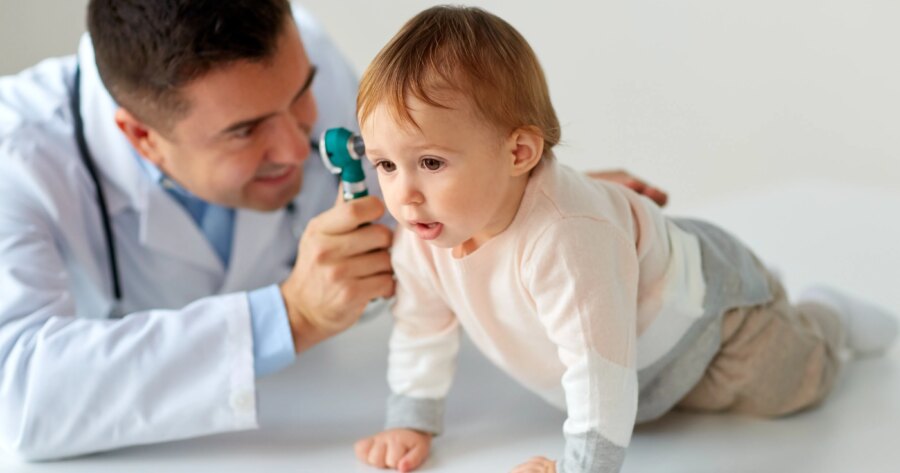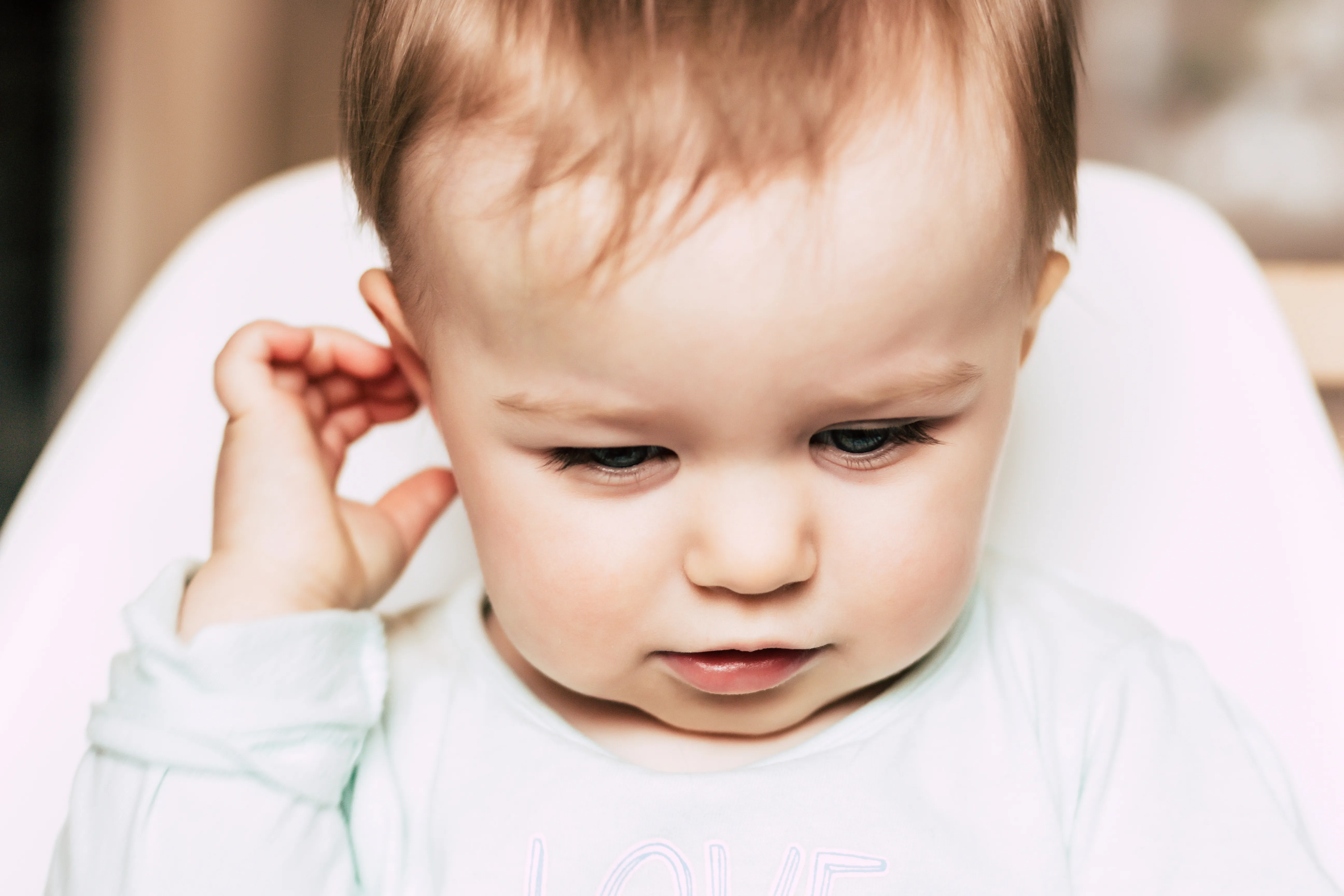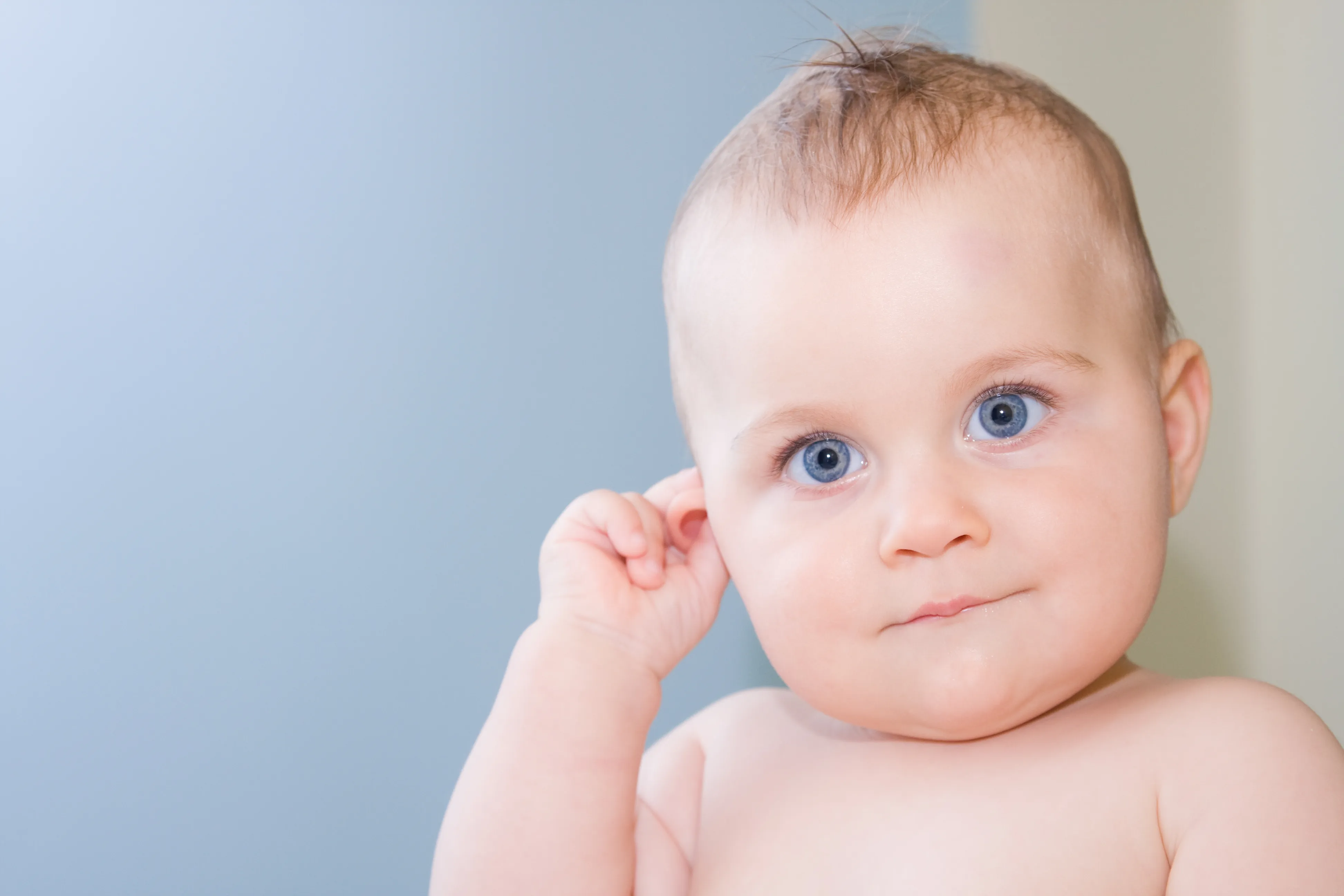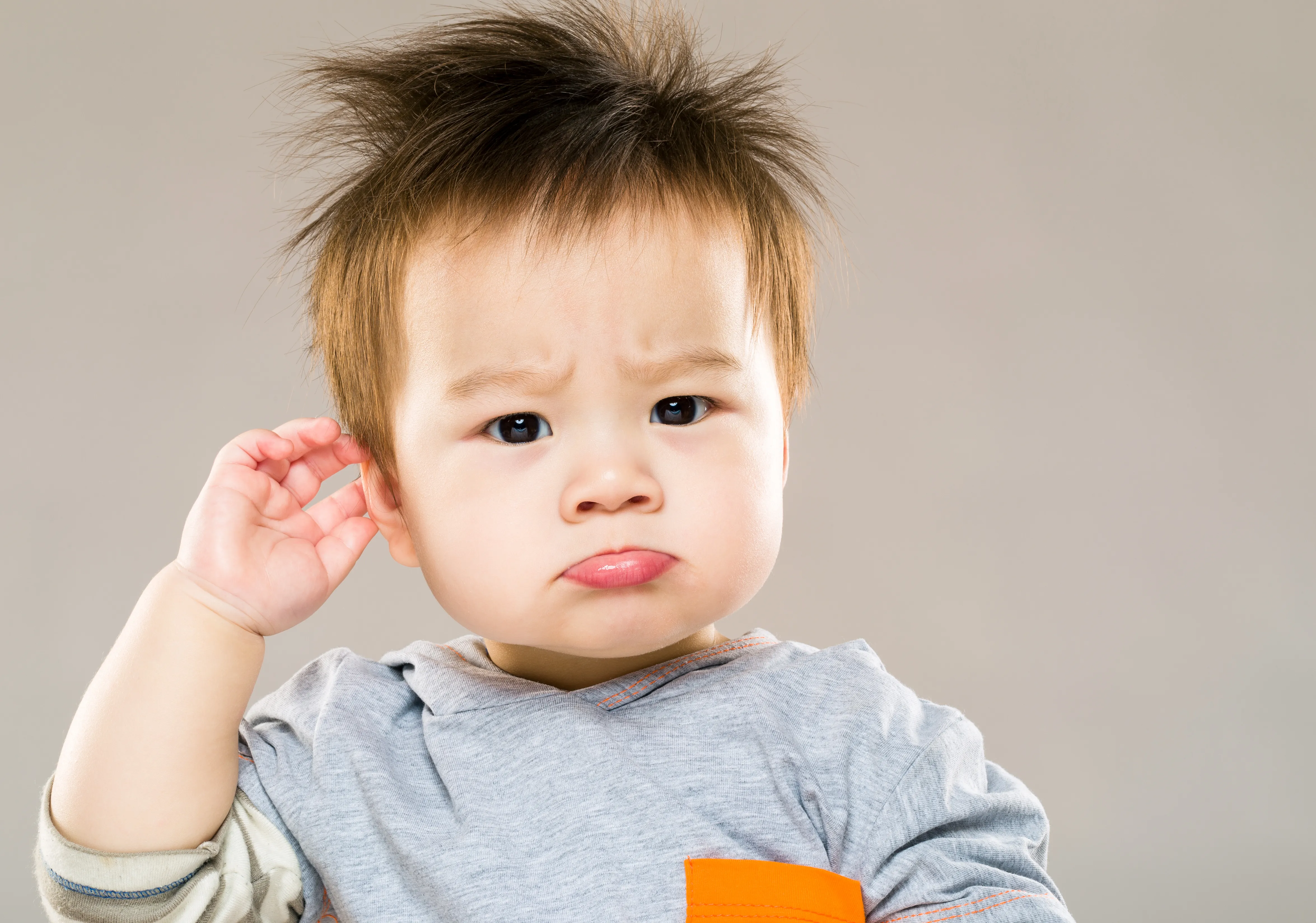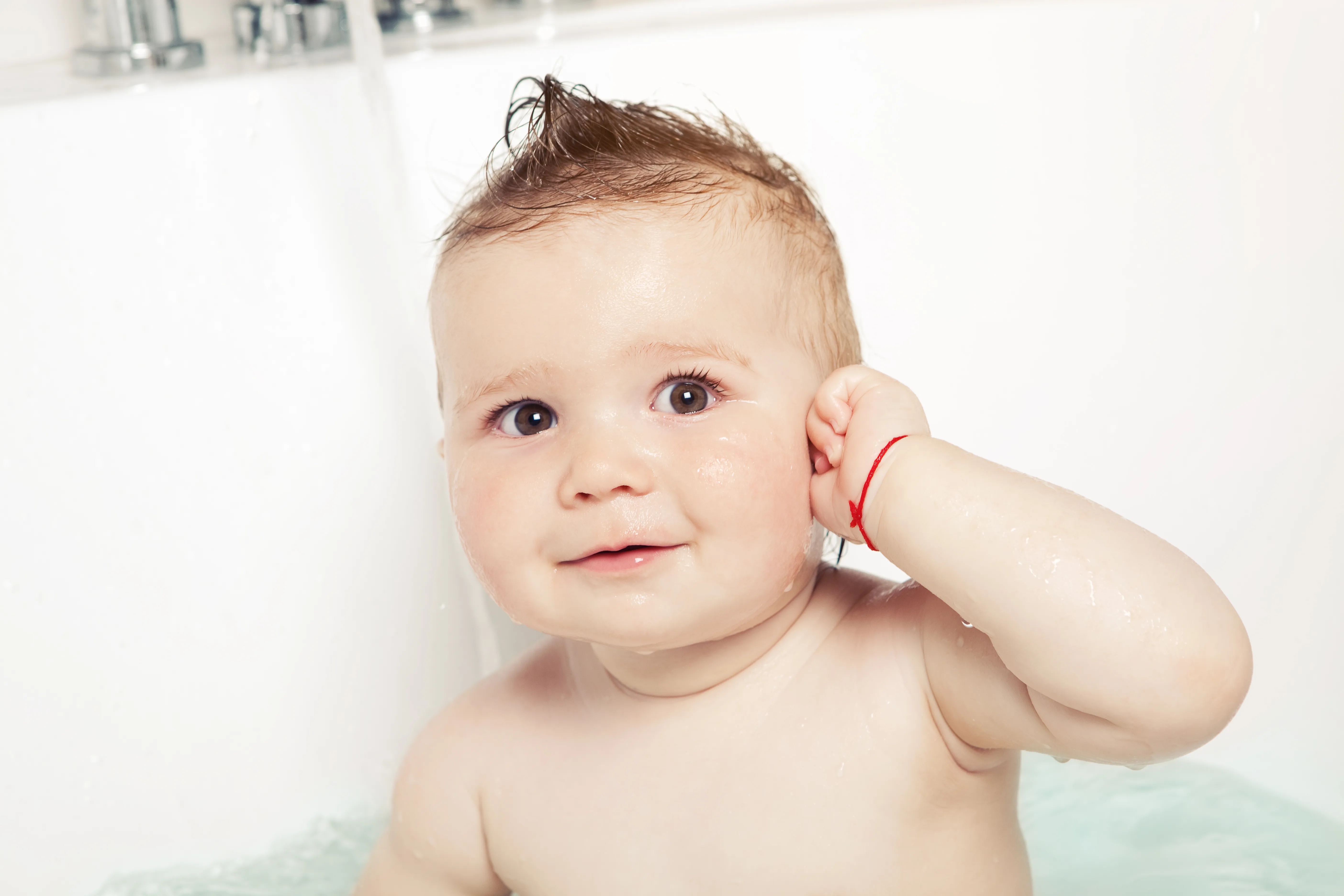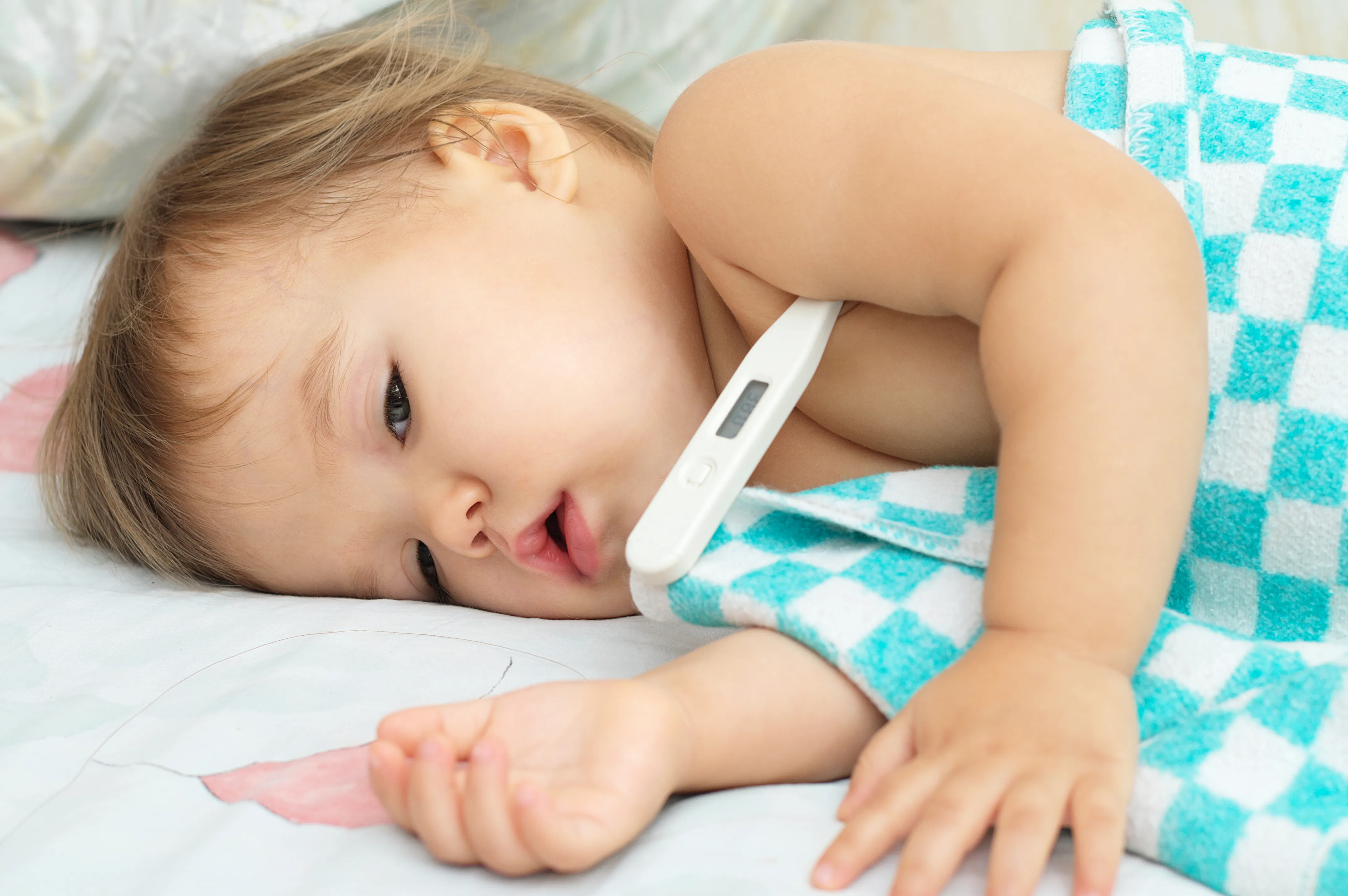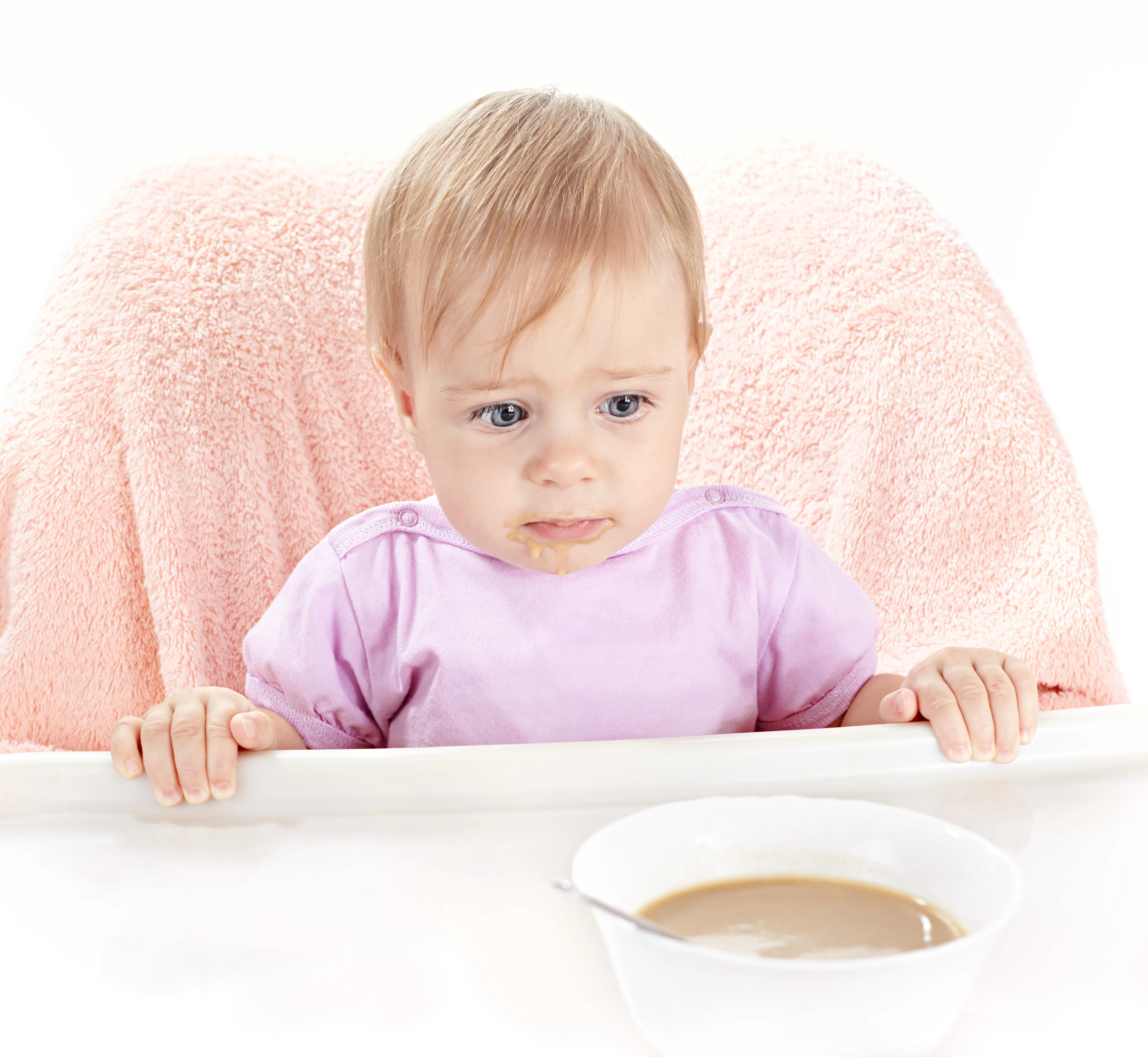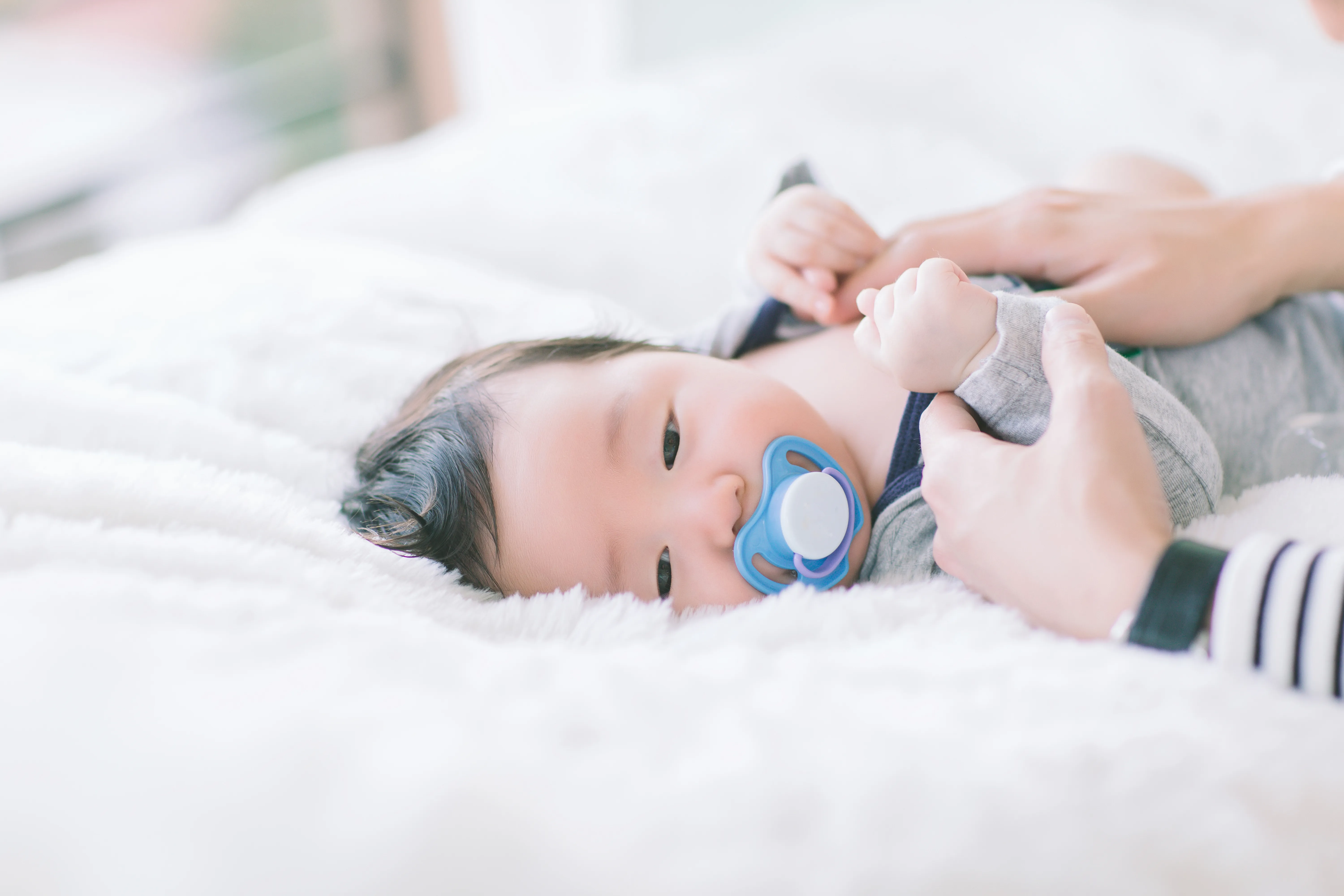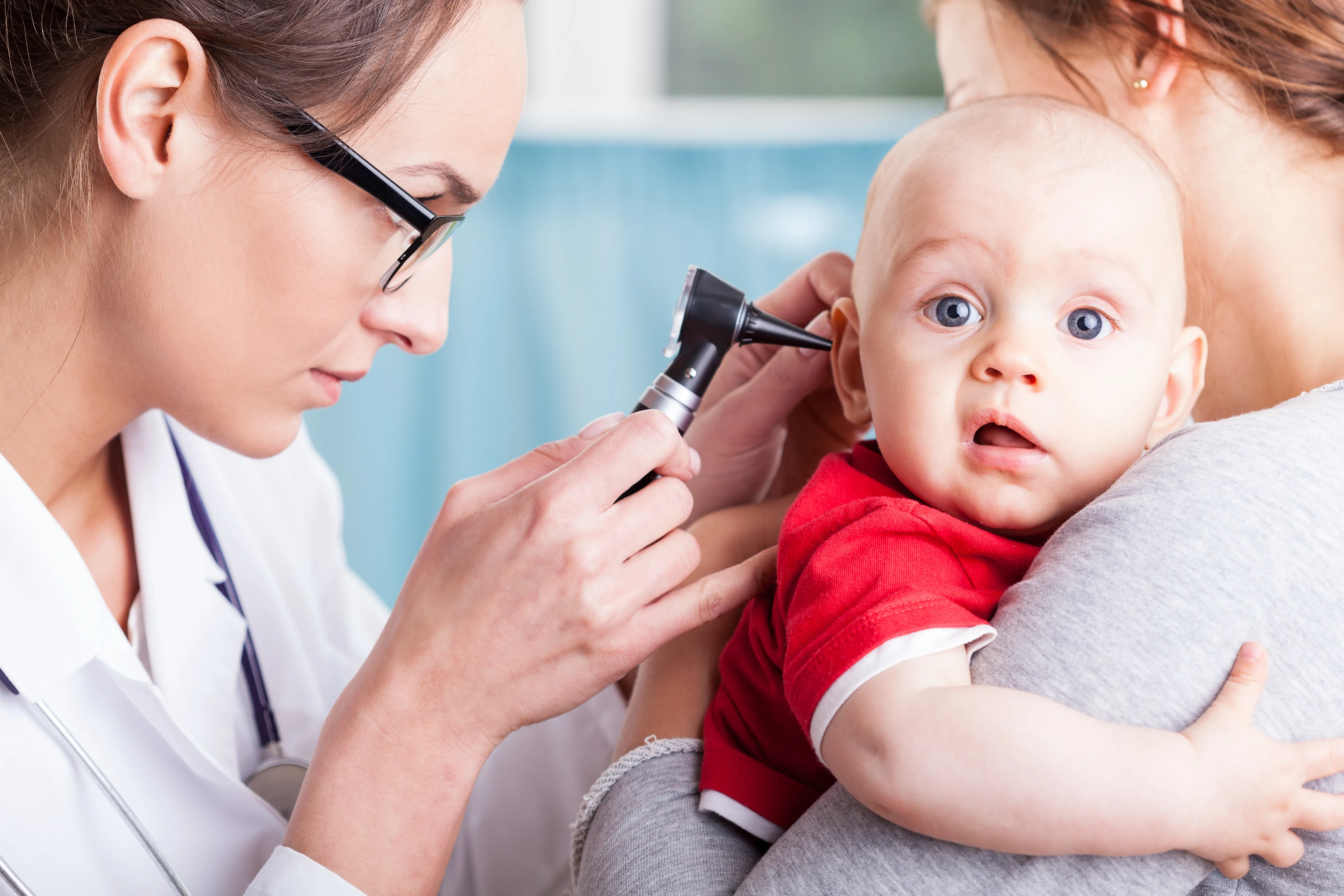Learning to understand your baby’s cries is part of the parenting process. It’s hard to know whether they’re in pain, over tired or just plain out hungry. Quite often, a baby crying out in pain is suffering from an ear infection. Ear infections are super common in babies and young children. They are one of the leading causes of pain for little ones, causing many a sleepless night and missed work day. Often parents wonder how such tiny ears can be the battleground for such big issues? Knowing what kind of ear infection your baby may have, or whether he or she actually has an ear infection at all is crucial. We’ve got your baby ear infection questions covered. Here are 15 things you need to know about ear infections in babies.
17. Why Do Babies Get Ear Infections?
Babies and kids under the age of four years old tend to get ear infections more than adults. The reason has to do with their size – the tubes connecting the middle ear to the nose and back of the throat are shorter and tend to be more horizontal, so bacteria and viruses can get in. These tubes are also narrow and can get blocked easily. Meanwhile, their glands at the back of the throat are larger so can interfere with the tubes.
16. What Are Ear Infections?
Middle ear infections happen when fluid builds up in the area behind the eardrum. Normally any fluid in this area will drain through the Eustachian tubes, but because babies’ tubes are so small, that can be challenging and the fluid gets trapped. As kids grow the tubes get longer and more vertical, but for babies this middle ear area can be the perfect breeding ground for germs. Bacteria grow in this dark, wet place and as the infection worsens, inflammation increases, causing pain for your baby.
There Are Different Kinds of Ear Infections
15. Middle Ear Infections
Middle Ear infections are most common in babies. Doctors refer to this type of infection as Otitis Media. There are several different types – Acute, lasting less than 6 weeks, Chronic Suppurative , lasting more than 3 months, and with effusion, an infection with few symptoms that can resolve itself. Babies are most at risk because of the horizontal placement and size of the Eustachian tubes. Secondhand smoke, bottle feeding and even pacifier use can lead to an increased risk of ear infections.
14. How to Prevent Middle Ear Infections
Babies are more susceptible to inner infections if they are fed lying down. Because they are more likely to get ear infections in their first year of life, if they are bottle fed they should be fed sitting upright. Additionally, parents should limit pacifier use to bedtime if they can. Parental smoking doubles the risk of recurrent middle ear infections, and the more they smoke, the higher the risk. Toxins from smoke cause swelling of lymph nodes around the tubes.
13. Swimmer’s Ear
Swimmer’s ear, or Otitis Externa, is common with babies and kids who spend a lot of time in the water. Unlike a middle ear infection, swimmer’s ear affects the outer ear and ear canal. Inflammation or irritation can happen when water gets trapped in the ear, allowing bacteria and fungus to grow. Sometimes there is a temporary loss of hearing, or itchiness. Swelling or redness right in the ear canal can often be visible, and the pain an get worse when the child pulls on the ear.
12. How to Prevent Swimmer’s Ear
Most babies do not spend extensive amount of time in the water, as they are too small to swim, let alone hold their heads above water. Still, to prevent swimmer’s ear, be sure to carefully dry your little one’s ears after bath time and water fun. Germs found in hot tubs and swimming pools can also cause swimmer’s ear. Anything that causes the skin in the inner ear to break can lead to an infection, so be sure never to put any object inside your baby’s ear, such as cotton swabs.
Not All Symptoms Are Created Equal
11. Ear Pain
No surprise here, but ear pain is the number one sign that something is happening inside your baby’s ear. Babies will often pull or grab their ears, which could be a sign that they’re irritated. With swimmer’s ear, the more the baby tugs on the ear, the worse the pain will get. For a middle ear infection, the pain will not increase with touching the ear.
10. Fever
Fever is a sign that the body is fighting an infection. If your baby had a cold and then a fever develops, tat could be a sign of a middle ear infection. Swimmer’s ear is rarely accompanied by a fever. If your baby’s temperature rises higher than 100.4, he or she has a fever. Bear in mind that temperatures fluctuate, and tend to be higher in the late afternoon or evening. If a baby is under 3 months and has a fever, call the doctor immediately.
9. Loss of Appetite
Sometimes the bacteria that causes an ear infection can travel down the gastrointestinal tract, making it difficult for your baby to swallow. If your baby appears hungry but then pulls away from the breast or bottle after the first few sips, this could be another sign that an infection is present.
8. Vomiting/Diarrhea
If the germs causing the ear infection have caused gastrointestinal upset, your baby may vomit or have diarrhea. Some spitting up or loose stools are common, but if there is a sudden change, your baby may have an infection. Dehydration in babies can present serious issues, so be sure your baby is getting a lot of fluids.
7. Discomfort
If your baby is restless or listless, is unable to fall asleep or generally seems unlike themselves, he or she may be in pain. Some babies become clingier, while others decidedly do not want to touched. Monitor your baby’s behavior closely. Many babies suffering with a middle ear infection don’t want to lie down because being in a horizontal position can make the pain worse.
I’m Pretty Sure My Baby Has An Ear Infection. Now What?
6. Call Your Doctor
If your baby seems to be suffering from ear pain, has a fever, or exhibits other symptoms of an ear infection, a visit to the doctor’s office is in order. Your doctor will examine your baby’s ear by looking into it with an instrument called an otoscope. A red or swollen eardrum generally indicates an infection. The doctor will be able to tell if your child does have an ear infection and, if so, which type. This will help the doctor determine what kind of treatment protocol to follow.
Treat The Ear Infection
5. Wait It Out
The American Academy of Pediatrics now takes a wait-and-see approach. It recommends waiting several days to see whether the infection will clear up on its own. Overuse of antibiotics can lead to antibiotic-resistant infections. Over the counter pain medication such as acetaminophen or ibuprofen for babies will help relieve the pain. Never give your baby aspirin!). Quite often an ear infection will clear up on its own within two to three days.
4. Antibiotics
If your baby isn’t improving after 48 hours, your doctor may prescribe antibiotics to fight the infection. Children who get a lot of ear infections may also be prescribed anti-biotics. Often a 10-day course may be recommended. Be sure to follow the doctor’s directions, and to complete the full course. Your doctor may suggest a follow up visit to ensure that the medication worked and that infection has cleared.
3. Ear Tube Surgery
For a baby or toddler with repeated ear infections, a build-up of fluid in the ears or hearing loss or speech delay, a doctor may suggest a Myringotomy, or ear tube surgery. This surgery takes 2-3 minutes. The surgeon will make a tiny incision in the ear drum and insert ventilation or pressure equalization tubes. These tubes allow air to circulate freely in the middle ear, and act as drains without pain. Some tubes will fall out on their own, while others will need to be removed by a doctor.
2. Complications Caused By Ear Infections
Routine ear infections can cause fluid buildup or swelling behind the eardrum. This can lead to temporary hearing loss. During an ear infection, a tiny hole can appear as the eardrum ruptures. With treatment, however, most ruptures completely heal. Recurring ear infections can cause chronic eardrum perforations, which are then treated with surgery to repair any holes or tears.
1. Prevent Ear Infections
Keeping vaccinations current can help quell the incidents of ear infections. Research shows that certain immunizations dramatically reduce the number of ear infections in babies and children. Children who are breastfed for at least six months are also less likely to develop ear infections. Happily, ear infections are not contagious, but the colds and respiratory issues that can cause them are. As always, hand washing is the best way to reduce the spread of germs and bacteria.
